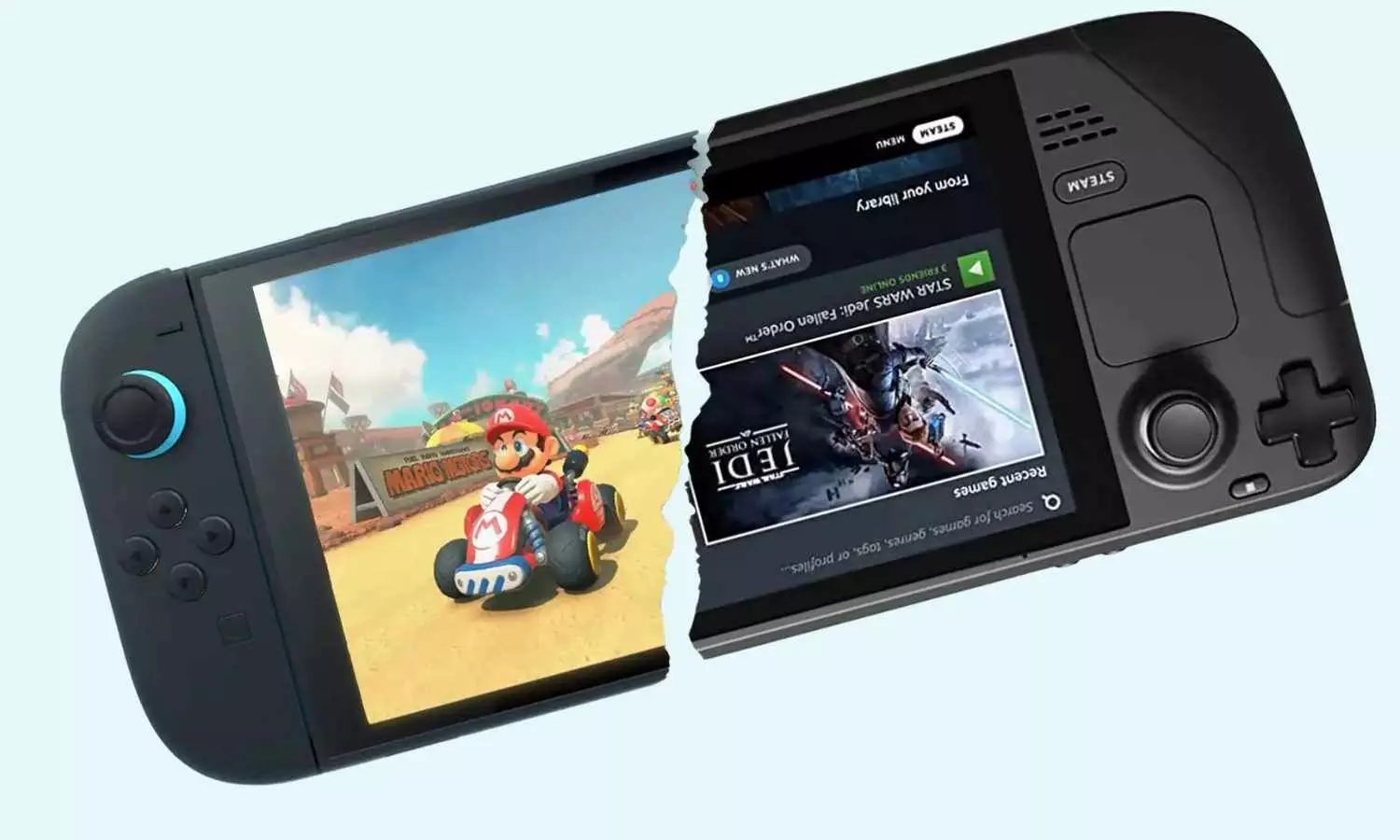Nintendo’s Switch 2 Arrives with Upgraded Features and Price Hike
Nintendo’s Switch 2 launches amid intense demand and supply challenges. The new hybrid console targets families with improved specs and a higher price tag.
image for illustrative purpose

Nintendo has officially released its Switch 2 console worldwide this Thursday, marking the company’s first new gaming system in eight years. Anticipation for the successor to the original Switch, which revolutionized hybrid gaming, has sparked high pre-order volumes, particularly in major markets such as the United States and Japan. However, availability remains limited, and many consumers may struggle to purchase the console immediately.
Industry analyst Serkan Toto, CEO of Kantan Games in Tokyo, warned buyers that supply will be tight for weeks or possibly months. “If you find a Switch 2 in stock, it’s wise to buy quickly. Prices could increase due to ongoing volatility from tariffs, especially in the US,” he said.
The Switch 2 launch is critical for Nintendo’s future, coming at a time when the global video game market is adjusting after the pandemic-fueled boom. The original Switch sold over 150 million units since its 2017 debut, generating approximately -$100 billion in revenue. This success fueled Nintendo’s expansion beyond gaming hardware into entertainment sectors like movies, theme parks, and digital subscriptions.
Unlike many tech companies that favor fall launches, Nintendo chose a summer release for the Switch 2 to target families and children during school vacations. This strategy reflects the company’s focus on casual gamers and broad demographic appeal, setting it apart from competitors such as Sony and Microsoft, which emphasize core gaming audiences.
The new Switch retains the hybrid design — a portable console with detachable controllers and a dock for TV play. However, it features a more powerful custom Nvidia processor capable of AI tasks, an 8-inch screen with 1080p resolution, and dock support for 4K output. The Joy-Con controllers have been updated with a built-in optical sensor enabling mouse-like input, enhancing gameplay for titles like Fortnite and Metroid.
Investors see the Switch 2 as an evolution rather than a revolution. Nintendo is leveraging familiar franchises, with Mario Kart World launching as a flagship game. The previous Mario Kart 8 Deluxe sold more than 68 million copies on the original Switch, underscoring the importance of proven intellectual properties.
Pricing has increased significantly, with the Switch 2 retailing at -$449 compared to -$300 for its predecessor. First-party games also carry a higher price tag, with Mario Kart World listed at -$80. Despite this, market feedback suggests consumers accept the cost given the console’s features and legacy.
Pre-order numbers have exceeded expectations, particularly in Japan where over 2.2 million units were reserved through Nintendo’s online store alone. Nintendo offers two versions domestically: a Japanese-only model priced at about $350 and a multilingual edition available exclusively online at nearly $500. The company has also provided higher profit margins to local retailers to encourage supply.
Nintendo’s timing faces headwinds due to ongoing US tariffs on imported electronics, which could pressure supply chains and accessory pricing. The company has kept the Switch 2’s US retail price stable but increased costs for controllers and carrying cases.
Toto predicts Nintendo could sell around 20 million Switch 2 units in its first year, primarily driven by early adopters and dedicated fans. Maintaining momentum beyond that will require convincing casual players to upgrade over the product’s lifecycle.
As Nintendo’s most expensive console to date, the Switch 2 carries significant stakes. Success will determine Nintendo’s trajectory as it aims to evolve into a broader entertainment company, unlike rivals with more diversified hardware lines.

